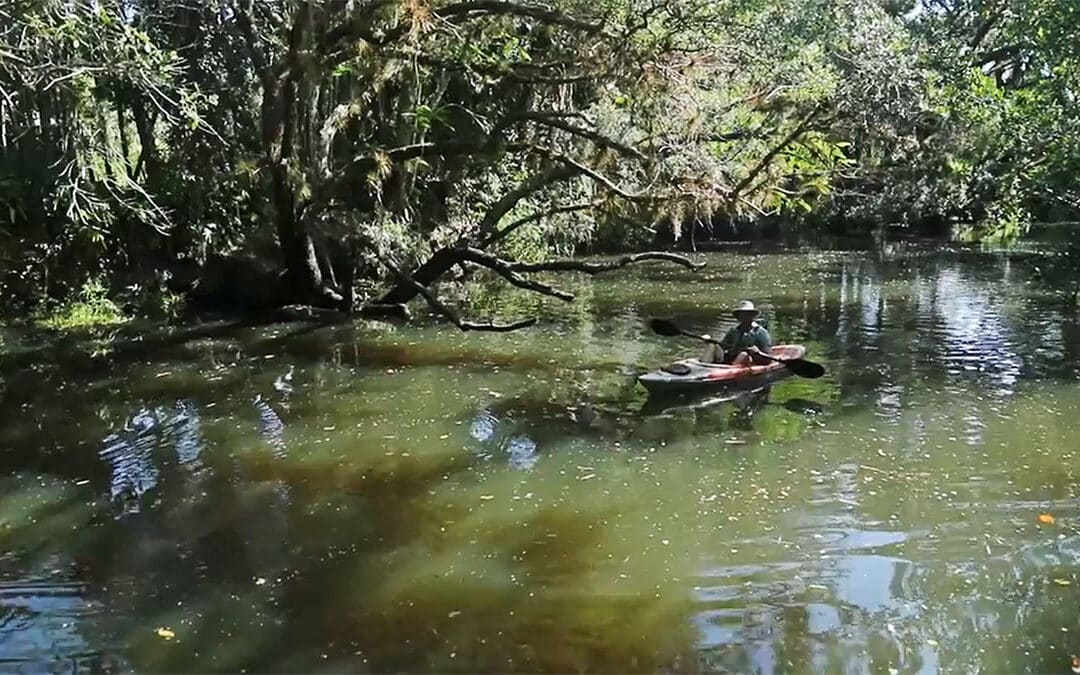Some tributaries flowing into the Caloosahatchee River and Estero Bay are polluted with fecal coliform bacteria, with counts going well above criteria used to determine whether or not a beach is safe for swimming.
The Florida Department of Health in Lee County monitors several beaches along the Gulf of Mexico, but the agency doesn’t monitor boat ramps, kayak launches and some freshwater swimming beaches. Recent measurements from DOH show most beaches with counts below 70 on the Most Probable Number, or MPN scale. The World Health Organization considers a count of 11–100 MPN per 100 ml as medium risk.
Measurements taken by the Calusa Waterkeeper show those numbers jumping to higher than 1,600 at the Imperial River kayak launch along Old U.S. 41 in Bonita Springs.
“The levels are very high,” said John Cassani, Calusa Waterkeeper Emeritus. “The beach action value that the DOH uses is 70 MPN, so that’s sort of the threshold for issuing beach advisories for contaminated water. So that’s a reference.”
More than 900 MPN was measured late last month at the Koreshan State Historic Site on the Estero River, according to Calusa Waterkeeper records.
Nearly all the tributaries flowing into Estero Bay showed high counts of fecal coliform bacteria, which can cause anything from an upset stomach to infections in pre-existing cuts or wounds.
Continue Reading

























